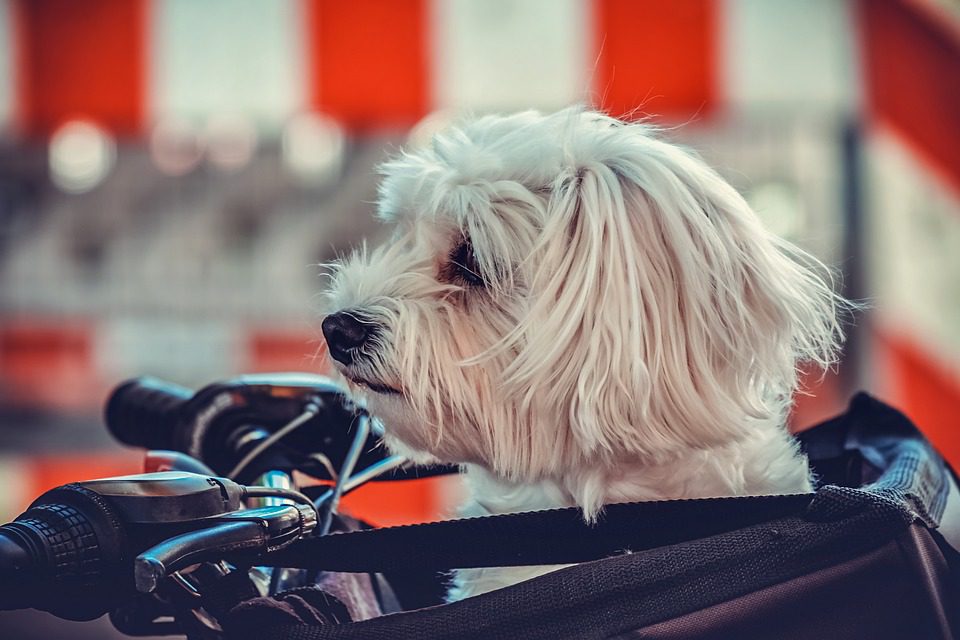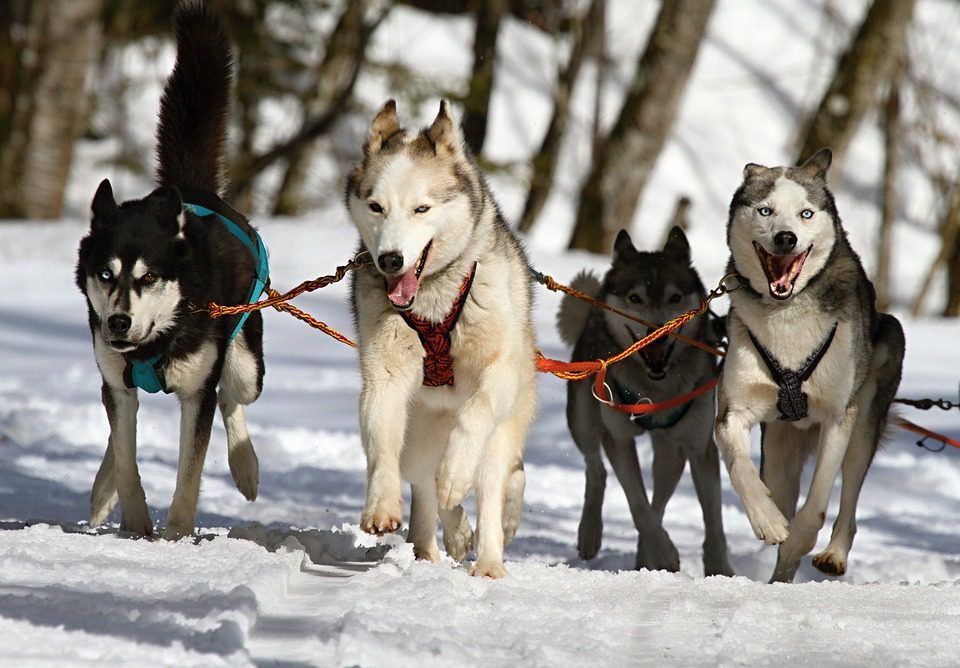Taking care of your furry friend is an important part of being a pet owner. One of the most important steps in grooming your pup is knowing when to brush them before or after a bath. It’s important to think about your pet’s individual needs and preferences when it comes to brushing and bathing. This article will provide answers to the question of when to brush your dog before or after a bath, as well as tips for making the process as stress-free and enjoyable as possible for your pup.
Cleaning Your Dog: Before or After a Bath?
Table of Contents
It’s important to give your dog regular baths to keep their fur clean and healthy. But this raises an important question: do you brush your dog before or after a bath? Depending on the type of fur your dog has, it could make a difference in how clean your pup stays.
Brushing Before a Bath
If your dog has a long, thick coat, it’s best to brush them before a bath. This will help to remove any mats or tangles that could be difficult to brush out after a bath. Brushing before a bath will help to ensure that the fur is evenly distributed and that any dirt or debris is removed before it has a chance to be washed away.
It’s important to use the right type of brush for your dog’s fur. For long-haired dogs, a slicker brush is usually best. This type of brush has fine pins that help to remove tangles without pulling on the fur. For short-haired dogs, a bristle brush is typically the better option. This brush will help to remove any dirt or debris that is embedded in the fur.
Brushing After a Bath
If your dog has short fur, it’s best to brush them after a bath. This will help to ensure that their fur remains clean and free of dirt and debris. Brushing after a bath will also help to distribute the natural oils in the fur, which will help to keep it healthy and shiny.
It’s important to use the right type of brush for your dog’s fur. For short-haired dogs, a bristle brush is usually best. This type of brush has stiffer bristles that can help to remove any dirt or debris that is embedded in the fur. For long-haired dogs, a slicker brush is typically the better option. This brush will help to remove any mats or tangles that may have formed during the bath.
Additional Tips
Regardless of the type of fur your dog has, it’s important to brush them regularly. This will help to keep their fur clean and healthy, and will also help to prevent any mats or tangles from forming. It’s also important to use the right type of brush for your dog’s fur.
It’s also a good idea to brush your dog before or after each bath. This will help to ensure that their fur stays clean and free of dirt and debris. Additionally, brushing your dog before or after a bath will help to evenly distribute the natural oils in the fur, which will help to keep it healthy and shiny.
## Common Myths about Brushing a Dog Before or After a Bath
1. Myth: Brushing your dog before a bath will make it easier.
Fact: Brushing your dog before a bath is not necessary and can actually make it more difficult. Brushing your dog after a bath will help remove any loose fur.
2. Myth: Brushing your dog after a bath will make them shed more.
Fact: Brushing your dog after a bath will help remove any loose fur, but will not increase shedding.
3. Myth: Brushing your dog before a bath will make their coat softer.
Fact: Brushing your dog before a bath will not make their coat softer. Brushing your dog after a bath will help to make their coat softer and shinier.
Frequently Asked Questions
Do you brush your dog before or after a bath?
Answer: It is recommended to brush your dog prior to giving them a bath. Brushing will help remove excess dirt and debris from the coat and make the bath more effective.
Conclusion
.
It’s important to give your dog regular baths to keep their fur clean and healthy. Depending on the type of fur your dog has, it could make a difference in how clean your pup stays. For long-haired dogs, it’s best to brush them before a bath to remove any mats or tangles, and for short-haired dogs, it’s best to brush them after a bath. Additionally, it’s important to use the right type of brush for your dog’s fur and to brush them regularly to keep their fur clean and healthy.





